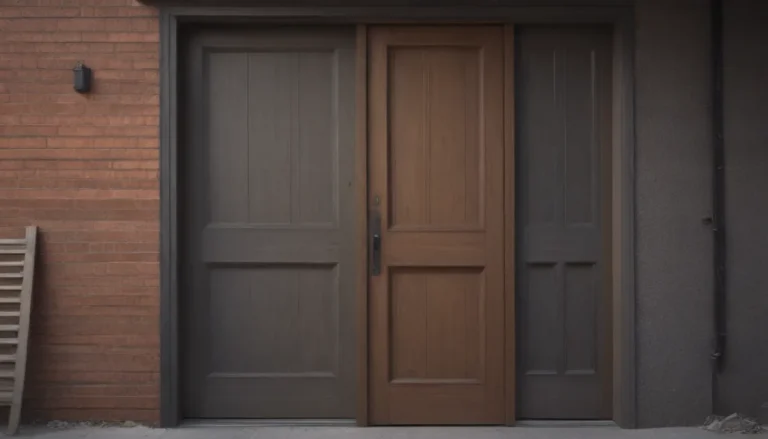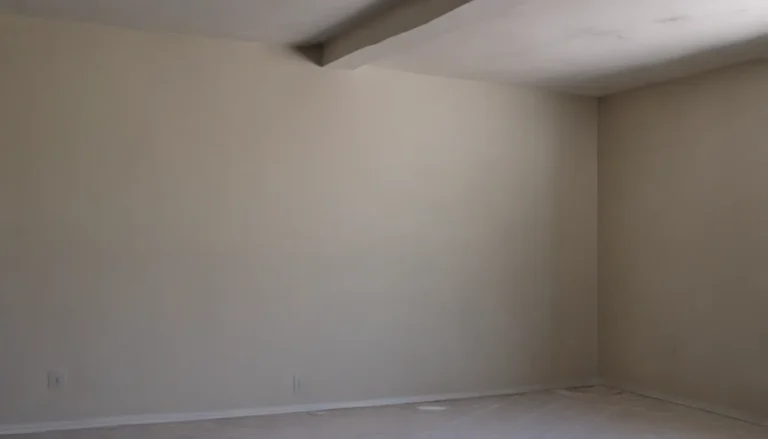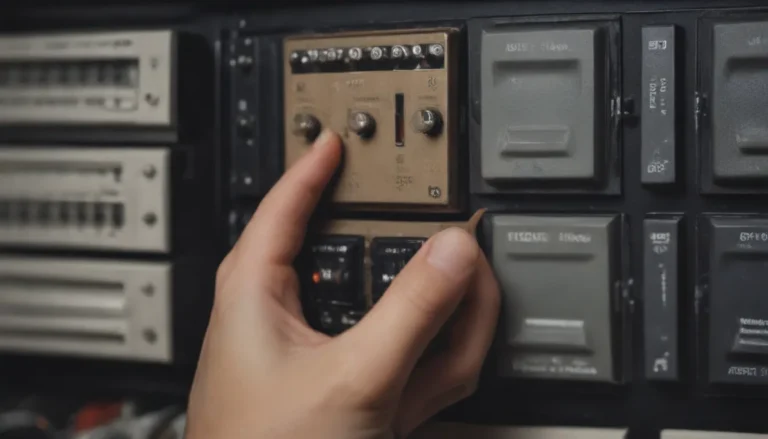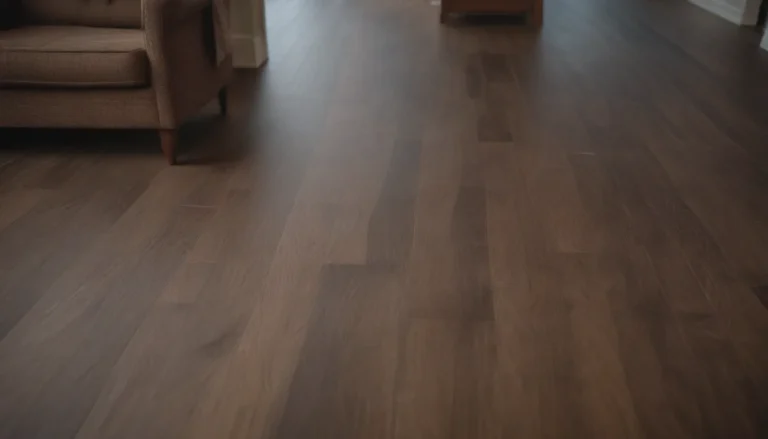An In-Depth Guide to Home Electrical Wiring
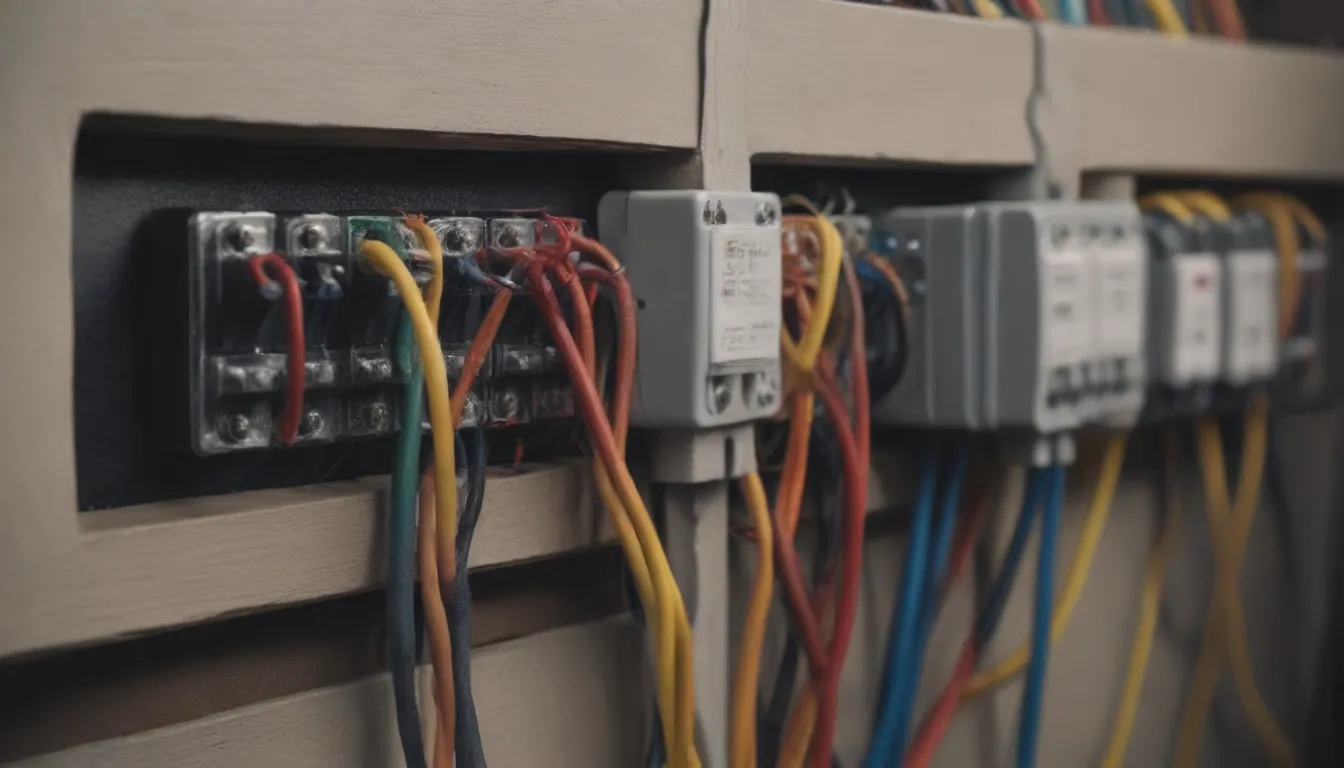
Welcome to this comprehensive guide on home electrical wiring! Whether you’re a seasoned DIYer or a beginner looking to learn more about electrical systems, this article will provide you with valuable information to help you navigate the world of electrical wiring in your home. From wire sizing to safety principles and more, let’s dive into the essential elements of electrical wiring.
Understanding Electrical Wire Sizing
Proper electrical wire sizing is crucial for any electrical installation. The American Wire Gauge (AWG) system is used to determine the wire’s current-carrying capacity and how much amperage it can handle safely. When selecting the right wire for your project, consider the gauge, capacity, and intended use of the wire. Remember, wires that are not matched correctly to the amperage of the circuits they serve can pose a risk of short circuits and fires.
Some key points to note about electrical wire sizing:
- Choosing the correct wire gauge is essential for safety.
- Ensure the wire capacity matches the amperage requirements of your electrical system.
- Consider the intended use of the wire before making a selection.
Exploring Electrical Wiring Sheathing
In most interior wiring projects, non-metallic (NM) cable is commonly used, often known by the popular brand name Romex. This type of cable consists of three or more wires wrapped inside a flexible plastic jacket or sheathing. NM cable is suitable for interior circuits like outlets, switches, light fixtures, and appliances. The color of the sheathing indicates the gauge of the wires within the cable:
- White:
- Yellow:
- Orange:
- Black:
Embracing Electrical Wiring Safety Principles
Working with electrical wiring can be safe if you adhere to some basic principles:
– Work on dead equipment: Always ensure the power is turned off before working on any electrical system.
– Lock it out: Use lockout procedures to prevent accidental energization of the system.
– Test the equipment: Before working on any wiring, test to confirm it is not live.
– Be qualified or call someone who is: If you’re unsure about a wiring project, seek help from a qualified electrician.
Understanding Electrical Wiring Color Coding
The color of electrical cables corresponds to the type of wires inside the sheathing and their specific uses:
– Black and red:
– White:
– Green and bare copper:
Decoding Electrical Wiring Labels
Electrical wires and cables are marked with essential information like wire size, material, insulation type, and special ratings. Reading and understanding these labels is crucial for selecting the right materials for your project and ensuring safety.
Exploring Direct-Burial Cable
For outdoor wiring projects or installations underground, direct-burial cable is necessary. This type of cable is designed to withstand moisture and can be installed underground with or without conduit, depending on local building codes.
Mastering Electrical Wire Stripping
Stripping the insulation from electrical wires is a fundamental skill for any DIYer tackling wiring projects. Using a wire stripping tool and understanding its proper usage is essential to avoid damaging the wire core.
Understanding Electrical Wiring Box Fill Capacity
Electrical boxes have a maximum capacity for the number of wires they can hold. Factors like box size, wire gauges, and the number of devices installed in the box determine the fill capacity. It’s crucial to stay within the specified limits to ensure safety.
Navigating Electrical Wiring in a Circuit Breaker Panel
The electrical panel serves as the power distribution point for a home’s electrical system. Understanding how breakers function and the role they play in the system is essential for DIYers, even though wiring an electrical panel is a job best left to licensed electricians.
Exploring Electrical Disconnect Switches
An electrical disconnect switch provides a means to shut off power to a home’s electrical system from an outdoor location. It is a vital safety feature and must be installed by a licensed electrician.
In conclusion, understanding the basics of home electrical wiring is crucial for any homeowner or DIY enthusiast. By following safety principles, selecting the correct wire size, and adhering to proper installation techniques, you can ensure a safe and functional electrical system in your home.
Remember, when in doubt, always seek the help of a qualified electrician to ensure the safety and efficiency of your electrical wiring projects. Stay safe and happy wiring!
